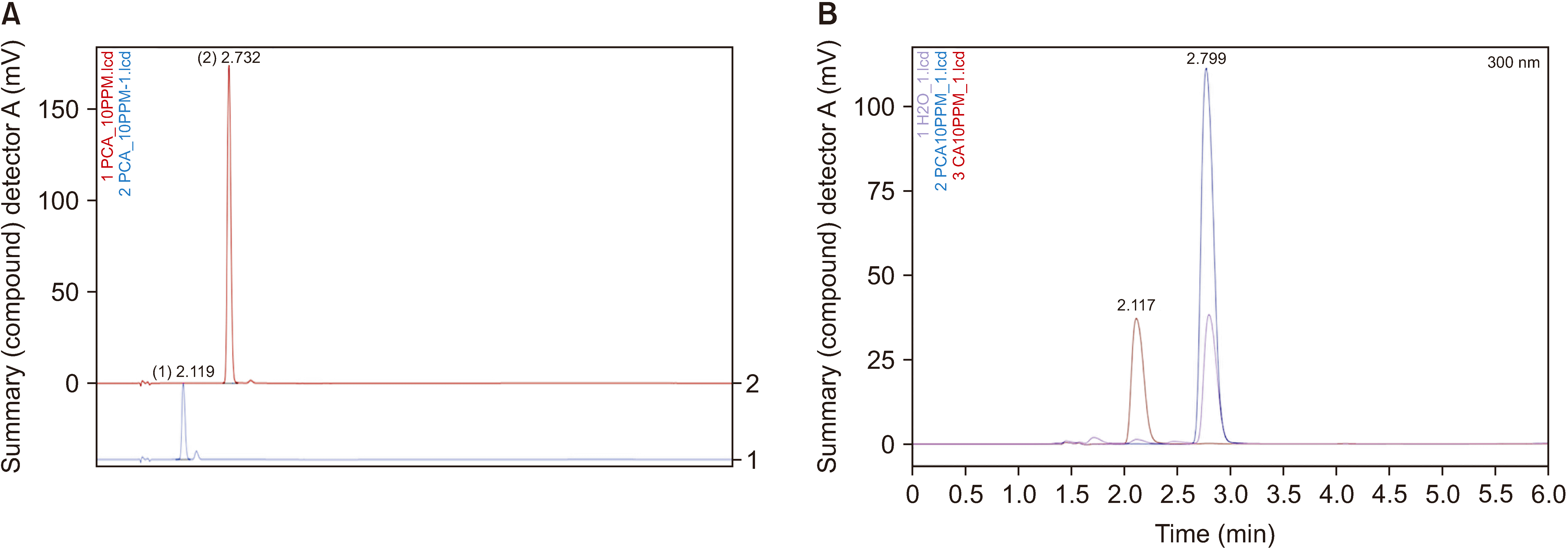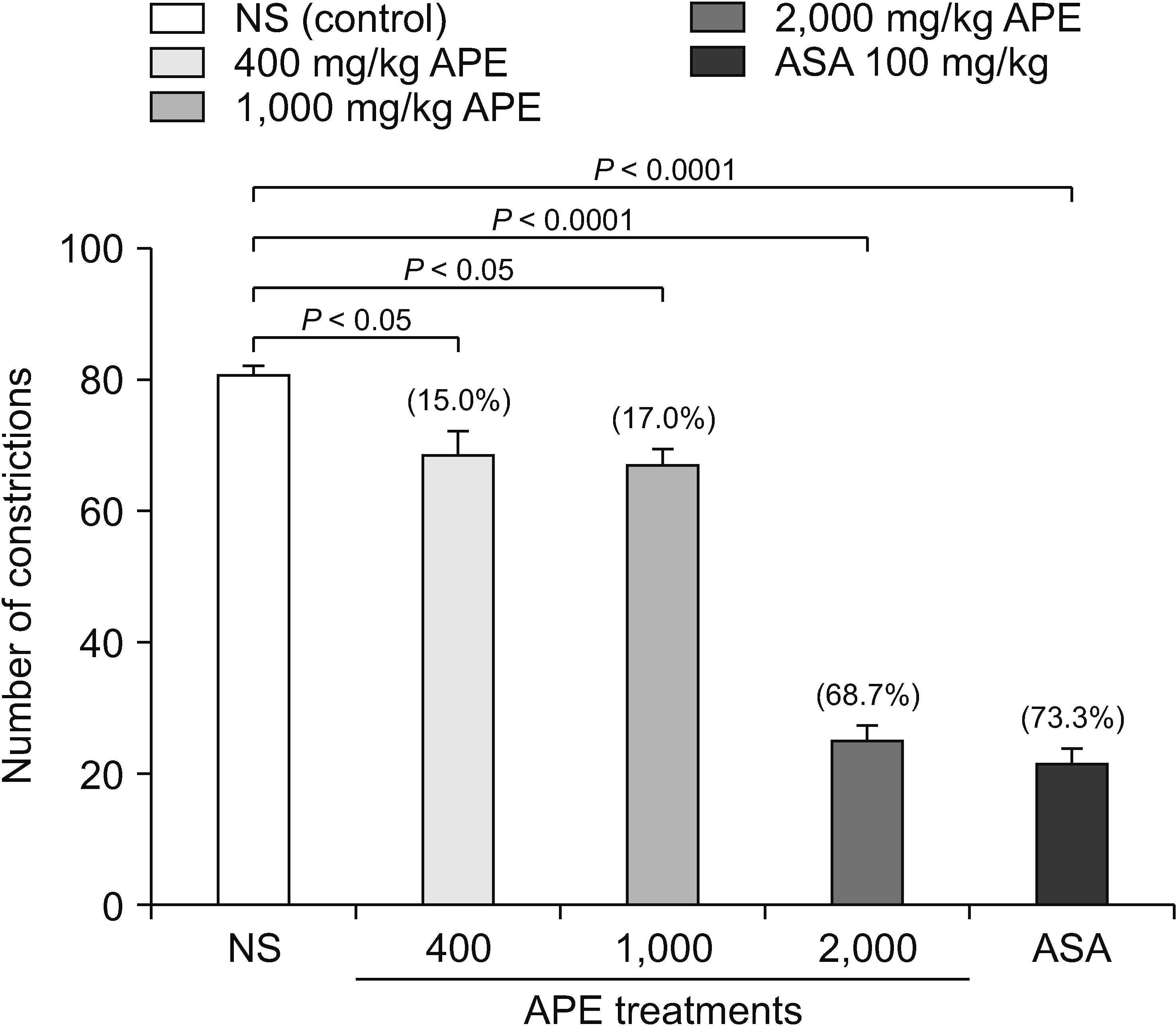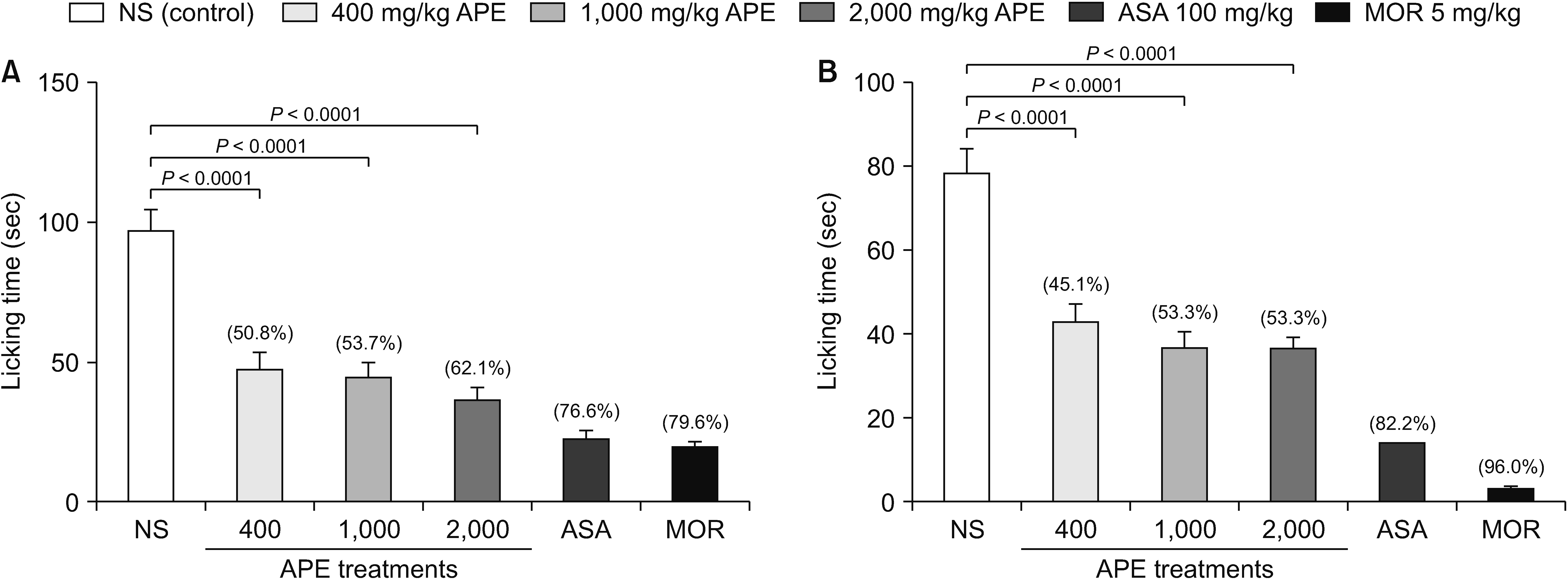2. Ruttner F. Ruttner F, editor. 1988. Stingless bees (Meliponinae). In: Biogeography and taxonomy of honeybees. Springer;Berlin, Heidelberg: p. 13–9. DOI:
10.1007/978-3-642-72649-1_2.

3. Kelly N, Farisya MSN, Kumara TK, Marcela P. 2014; Species diversity and external nest characteristics of stingless bees in meliponiculture. Pertanika J Trop Agric Sci. 37:293–8.
4. Campos JF, dos Santos UP, Macorini LF, de Melo AM, Balestieri JB, Paredes-Gamero EJ, et al. 2014; Antimicrobial, antioxidant and cytotoxic activities of propolis from Melipona orbignyi (Hymenoptera, Apidae). Food Chem Toxicol. 65:374–80. DOI:
10.1016/j.fct.2014.01.008. PMID:
24412556.

5. Campos JF, Dos Santos UP, da Rocha Pdos S, Damião MJ, Balestieri JB, Cardoso CA, et al. 2015; Antimicrobial, antioxidant, anti-inflammatory, and cytotoxic activities of propolis from the stingless bee Tetragonisca fiebrigi (Jataí). Evid Based Complement Alternat Med. 2015:296186. DOI:
10.1155/2015/296186. PMID:
26185516. PMCID:
PMC4491730.
6. Torres AR, Sandjo LP, Friedemann MT, Tomazzoli MM, Maraschin M, Mello CF, et al. 2018; Chemical characterization, antioxidant and antimicrobial activity of propolis obtained from Melipona quadrifasciata quadrifasciata and Tetragonisca angustula stingless bees. Braz J Med Biol Res. 51:e7118. DOI:
10.1590/1414-431x20187118. PMID:
29791598. PMCID:
PMC6002130.

7. Machado JL, Assunção AK, da Silva MC, Dos Reis AS, Costa GC, Arruda Dde S, et al. 2012; Brazilian green propolis: anti-inflammatory property by an immunomodulatory activity. Evid Based Complement Alternat Med. 2012:157652. DOI:
10.1155/2012/157652. PMID:
23320022. PMCID:
PMC3541042.

8. Touzani S, Embaslat W, Imtara H, Kmail A, Kadan S, Zaid H, et al. 2019;
In vitro evaluation of the potential use of propolis as a multitarget therapeutic product: physicochemical properties, chemical composition, and immunomodulatory, antibacterial, and anticancer properties. Biomed Res Int. 2019:4836378. DOI:
10.1155/2019/4836378. PMID:
31915694. PMCID:
PMC6930758.
9. Ismail TNNT, Sulaiman SA, Ponnuraj KT, Man CN, Hassan NB. 2018; Chemical constituents of Malaysian
Apis mellifera propolis. Sains Malaysiana. 47:117–22. DOI:
10.17576/jsm-2018-4701-14.
10. Mohamed WAS, Ismail NZ, Omar EA, Abdul Samad N, Adam SK, Mohamad S. 2020; GC-MS evaluation, antioxidant content, and cytotoxic activity of propolis extract from Peninsular Malaysian stingless bees,
Tetrigona Apicalis. Evid Based Complement Alternat Med. 2020:8895262. DOI:
10.1155/2020/8895262. PMID:
33381215. PMCID:
PMC7759394.
11. Ibrahim N, Mohd Niza NFS, Mohd Rodi MM, Zakaria AJ, Ismail Z, Mohd KS. 2016; Chemical and biological analyses of Malaysian stingless bee propolis extracts. MJAS. 20:413–22. DOI:
10.17576/mjas-2016-2002-26.

12. Blakemore PR, White JD. 2002; Morphine, the Proteus of organic molecules. Chem Commun. 2:1159–68. DOI:
10.1039/b111551k. PMID:
12109065.

13. Allison MC, Howatson AG, Torrance CJ, Lee FD, Russell RI. 1992; Gastrointestinal damage associated with the use of nonsteroidal antiinflammatory drugs. N Engl J Med. 327:749–54. DOI:
10.1056/NEJM199209103271101. PMID:
1501650.

14. Brodkiewicz Y, Marcinkevicius K, Reynoso M, Salomon V, Maldonado L, Vera N. 2018; Studies of the biological and therapeutic effects of Argentine stingless bee propolis. JDDT. 8:382–92. DOI:
10.22270/jddt.v8i5.1889.

15. Al-Hariri MT, Abualait TS. 2020; Effects of green Brazilian propolis alcohol extract on nociceptive pain models in rats. Plants (Basel). 9:1102. DOI:
10.3390/plants9091102. PMID:
32867097. PMCID:
PMC7570148.

16. Sun L, Liao L, Wang B. 2018; Potential antinociceptive effects of Chinese propolis and identification on its active compounds. J Immunol Res. 2018:5429543. DOI:
10.1155/2018/5429543. PMID:
30356413. PMCID:
PMC6178491.

17. Tiveron AP, Rosalen PL, Franchin M, Lacerda RC, Bueno-Silva B, Benso B, et al. 2016; Chemical characterization and antioxidant, antimicrobial, and anti-inflammatory activities of South Brazilian organic propolis. PLoS One. 11:e0165588. DOI:
10.1371/journal.pone.0165588. PMID:
27802316. PMCID:
PMC5089781.

18. Lima Cavendish R, de Souza Santos J, Belo Neto R, Oliveira Paixão A, Valéria Oliveira J, Divino de Araujo E, et al. 2015; Antinociceptive and anti-inflammatory effects of Brazilian red propolis extract and formononetin in rodents. J Ethnopharmacol. 173:127–33. DOI:
10.1016/j.jep.2015.07.022. PMID:
26192808.

19. Aziz MSA, Giribabu N, Rao PV, Salleh N. 2017; Pancreatoprotective effects of Geniotrigona thoracica stingless bee honey in streptozotocin-nicotinamide-induced male diabetic rats. Biomed Pharmacother. 89:135–45. DOI:
10.1016/j.biopha.2017.02.026. PMID:
28222394.

20. Abdullah NA, Zullkiflee N, Zaini SNZ, Taha H, Hashim F, Usman A. 2020; Phytochemicals, mineral contents, antioxidants, and antimicrobial activities of propolis produced by Brunei stingless bees
Geniotrigona thoracica, Heterotrigona itama, and
Tetrigona binghami. Saudi J Biol Sci. 27:2902–11. DOI:
10.1016/j.sjbs.2020.09.014. PMID:
33100845. PMCID:
PMC7569112.
21. Colucci M, Maione F, Bonito MC, Piscopo A, Di Giannuario A, Pieretti S. 2008; New insights of dimethyl sulphoxide effects (DMSO) on experimental in vivo models of nociception and inflammation. Pharmacol Res. 57:419–25. DOI:
10.1016/j.phrs.2008.04.004. PMID:
18508278.

22. Mohd Salim NH, Azam Omar E, Wan Omar WA, Mohamed R. 2018; Chemical constituents and antioxidant activity of ethanolic extract of propolis from Malaysian stingless bee Geniotrigona thoracica species. Res J Pharm Biol Chem Sci. 9:646–51.
23. Sani MH, Zakaria ZA, Balan T, Teh LK, Salleh MZ. 2012; Antinociceptive activity of methanol extract of Muntingia calabura leaves and the mechanisms of action involved. Evid Based Complement Alternat Med. 2012:890361. DOI:
10.1155/2012/890361. PMID:
22611437. PMCID:
PMC3351243.
24. Hajhashemi V, Khodarahmi G, Asadi P, Rajabi H. 2022; Evaluation of the antinociceptive effects of a selection of triazine derivatives in mice. Korean J Pain. 35:440–6. DOI:
10.3344/kjp.2022.35.4.440. PMID:
36175343. PMCID:
PMC9530681.

25. Muhamad Suhaini NA, Pauzi MF, Juhari SN, Mohd KS, Abu Bakar NA. 2023; In vivo toxicity study on the effects of aqueous propolis extract from Malaysian stingless bee (Geniotrigona thoracica) in mice. Malays Appl Biol. 52:61–9. DOI:
10.55230/mabjournal.v52i2.2646.

26. Ramos AFN, Miranda JL. 2007; Propolis: a review of its anti-inflammatory and healing actions. J Venom Anim Toxins incl Trop Dis. 13:697–710. DOI:
10.1590/S1678-91992007000400002.

27. Zhu W, Chen M, Shou Q, Li Y, Hu F. 2011; Biological activities of Chinese propolis and Brazilian propolis on streptozotocin-induced type 1 diabetes mellitus in rats. Evid Based Complement Alternat Med. 2011:468529. DOI:
10.1093/ecam/neq025. PMID:
21785625. PMCID:
PMC3135653.

28. Olczyk P, Ramos P, Komosinska-Vassev K, Stojko J, Pilawa B. 2013; Positive effect of propolis on free radicals in burn wounds. Evid Based Complement Alternat Med. 2013:356737. DOI:
10.1155/2013/356737. PMID:
23762125. PMCID:
PMC3676959.

29. Kasote DM, Pawar MV, Gundu SS, Bhatia R, Nandre VS, Jagtap SD, et al. 2019; Chemical profiling, antioxidant, and antimicrobial activities of Indian stingless bees propolis samples. J Apic Res. 58:617–25. DOI:
10.1080/00218839.2019.1584960.

31. Park SH, Sim YB, Kim SM, Lee JK, Jung JS, Suh HW. 2011; The effect of caffeic acid on the antinociception and mechanisms in mouse. J Appl Biol Chem. 54:177–82. DOI:
10.3839/jksabc.2011.029.

32. Vogel HG. 2007. Drug discovery and evaluation: pharmacological assays. Heidelberg;Springer Berlin: DOI:
10.1007/978-3-540-70995-4.
33. Le Bars D, Gozariu M, Cadden SW. 2001; Animal models of nociception. Pharmacol Rev. 53:597–652.
34. Akindele AJ, Ibe IF, Adeyemi OO. 2011; Analgesic and antipyretic activities of Drymaria cordata (Linn.) Willd (Caryophyllaceae) extract. Afr J Tradit Complement Altern Med. 9:25–35. DOI:
10.4314/ajtcam.v9i1.4. PMID:
23983316. PMCID:
PMC3746538.
35. Zakaria ZA, Kumar GH, Mat Jais AM, Sulaiman MR, Somchit MN. 2008; Antinociceptive, antiinflammatory and antipyretic properties of Channa striatus fillet aqueous and lipid-based extracts in rats. Methods Find Exp Clin Pharmacol. 30:355–62. DOI:
10.1358/mf.2008.30.5.1236620. PMID:
18806894.

36. Franchin M, da Cunha MG, Denny C, Napimoga MH, Cunha TM, Koo H, et al. 2012; Geopropolis from Melipona scutellaris decreases the mechanical inflammatory hypernociception by inhibiting the production of IL-1β and TNF-α. J Ethnopharmacol. 143:709–15. DOI:
10.1016/j.jep.2012.07.040. PMID:
22885134.

37. McDonald J, Lambert DG. 2005; Opioid receptors. Cont Educ Anaesth Crit Care Pain. 5:22–5. DOI:
10.1093/bjaceaccp/mki004.

38. Vidyalakshmi K, Kamalakannan P, Viswanathan S, Ramaswamy S. 2010; Antinociceptive effect of certain dihydroxy flavones in mice. Pharmacol Biochem Behav. 96:1–6. DOI:
10.1016/j.pbb.2010.03.010. PMID:
20346369.

39. Mountassir M, Chaib S, Selami Y, Khalki H, Ouachrif A, Moubtakir S, et al. 2014; Antinociceptive activity and acute toxicity of Moroccan black propolis. IJERT. 3:2393–7.
40. Tjølsen A, Berge OG, Hunskaar S, Rosland JH, Hole K. 1992; The formalin test: an evaluation of the method. Pain. 51:5–17. DOI:
10.1016/0304-3959(92)90003-T. PMID:
1454405.

41. Hunskaar S, Hole K. 1987; The formalin test in mice: dissociation between inflammatory and non-inflammatory pain. Pain. 30:103–14. DOI:
10.1016/0304-3959(87)90088-1. PMID:
3614974.

42. Shibata M, Ohkubo T, Takahashi H, Inoki R. 1989; Modified formalin test: characteristic biphasic pain response. Pain. 38:347–52. DOI:
10.1016/0304-3959(89)90222-4. PMID:
2478947.








 PDF
PDF Citation
Citation Print
Print



 XML Download
XML Download